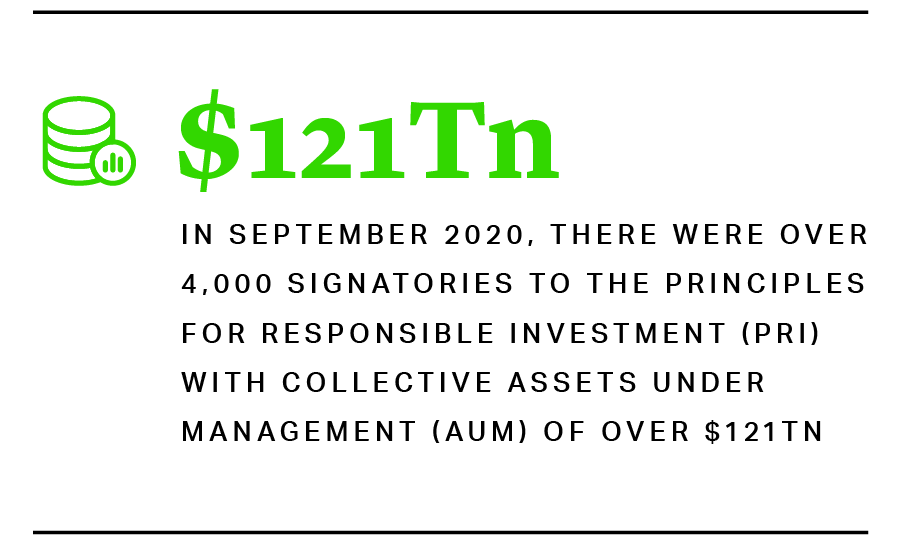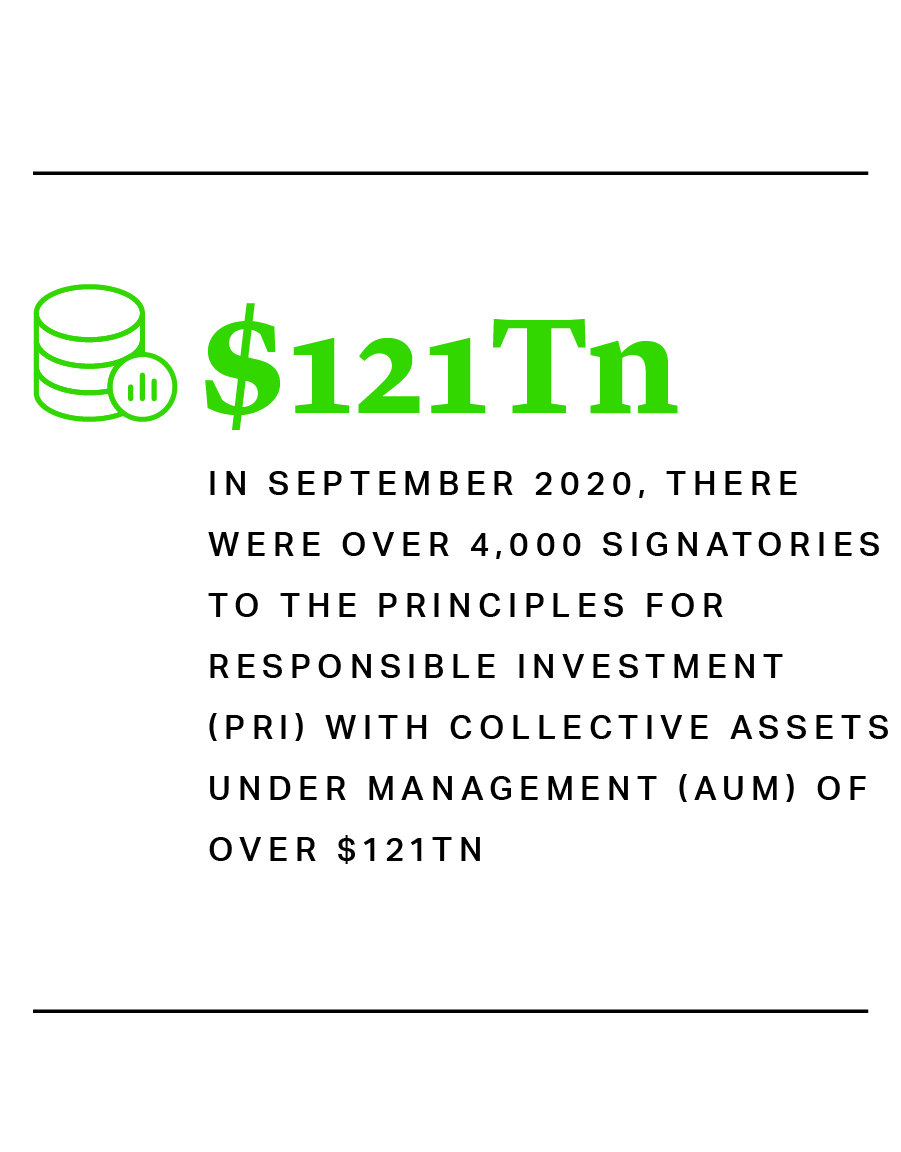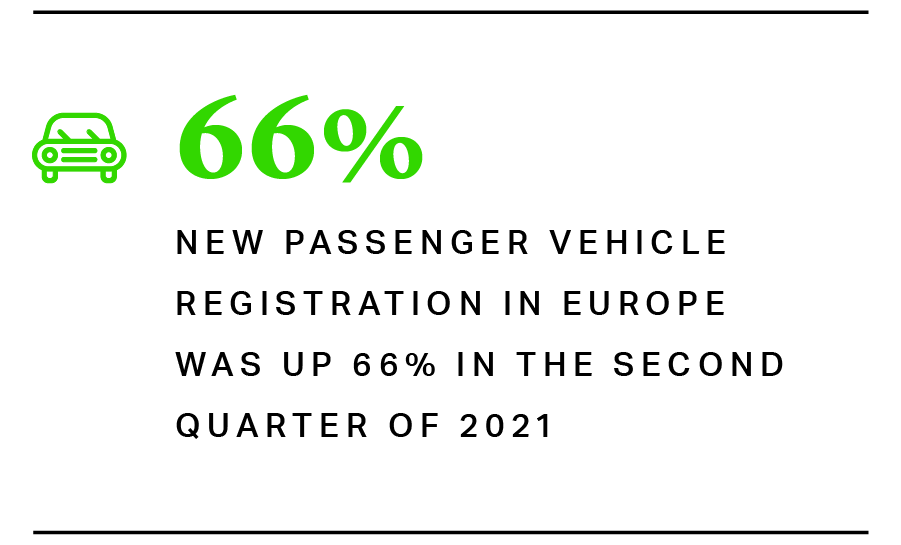Emerging Markets Debt
Restructuring in 2022:
Hold on to Your Hats

If tempestuous weather was being forecast for emerging markets at the end of 2020, the elements are now falling into place for a perfect storm in 2022. There are several reasons why these gathering storm clouds are likely to drive an accelerated flow of debt restructurings across the emerging markets universe in 2022.
The first is global inflationary trends. In the U.S., inflation is already running at its fastest pace in 30 years, and recent data on average wage increases suggest that this could soon move from a gentle trot to a gallop. Rising U.S. inflation would heighten the risk of accelerated and protracted tapering from the Fed, which is widely regarded as a headwind for riskier assets such as emerging market debt.
Globally, meanwhile, central banks in countries ranging from South Korea to Poland and from New Zealand to Norway lifted rates in September and October. These rate hikes suggested that the long-anticipated implementation of global monetary policy tightening was gathering momentum by the start of the fourth quarter of 2021. Rising costs of capital worldwide may depress flows of foreign direct investment (FDI), buoyant volumes of which have been supportive of credit metrics in emerging markets in recent years.



Global Debt Will Continue to Rise
The risk presented by rising rates is inseparably linked to the elevated levels of global debt. According to numbers by the Institute of International Finance (IIF), this rose to a new record high in the second quarter of 2020, approaching $300tn1. The rise in debt levels was sharpest in emerging markets, where total debt increased by nearly 4% to reach almost $92tn. China accounted for much of this expansion, but debt in emerging markets outside China still accounted for nearly 40% of it, reaching a record $36tn, largely due to a rise in government borrowing.
The supercharging of energy and other commodity prices will also have a significant impact. While these increases may be positive for emerging economies dependent on commodity exports, they are likely to aggravate many of the supply-side disruptions that arose in the second half of 2021. At the same time, shipping costs and container shortages are rising, and fast. These are all likely to have a negative impact on the credit dynamics of a wide cross-section of companies in 2022.
Global Debt Will Continue to Rise
The risk presented by rising rates is inseparably linked to the elevated levels of global debt. According to numbers by the Institute of International Finance (IIF), this rose to a new record high in the second quarter of 2020, approaching $300tn1. The rise in debt levels was sharpest in emerging markets, where total debt increased by nearly 4% to reach almost $92tn. China accounted for much of this expansion, but debt in emerging markets outside China still accounted for nearly 40% of it, reaching a record $36tn, largely due to a rise in government borrowing.
The supercharging of energy and other commodity prices will also have a significant impact. While these increases may be positive for emerging economies dependent on commodity exports, they are likely to aggravate many of the supply-side disruptions that arose in the second half of 2021. At the same time, shipping costs and container shortages are rising, and fast. These are all likely to have a negative impact on the credit dynamics of a wide cross-section of companies in 2022.

Action on Climate Change Will Create New Pressures
The social, political, and financial pressures arising from increased action on climate change will also continue to drive debt restructuring. The necessary acceleration of the global progress towards net zero will heighten the risks associated with stranded assets, as declining demand for fossil fuels reduces the need for the infrastructure to extract them.
Growing sensitivity to ESG concerns will elevate default risk, thanks to the impact on capital-intensive projects left uncompleted or under-utilised. It may also have a negative influence on the creditworthiness of the governments most exposed to the battle to counter climate change. Fitch Ratings cautioned early in 2021 that ‘for the most-exposed sovereigns and those that do not adequately prepare for it, climate change stranded-asset risk is likely to lead to ratings downgrades as the effects become clearer, closer and more material’2.
More broadly, heightened climate change awareness among debt and equity investors will generate more pressure on sovereigns and companies alike to comply with increasingly rigorous ESG standards. In September 2020, there were over 4,000 signatories to the Principles for Responsible Investment (PRI) with collective assets under management (AUM) of over $121tn3. Downward pressure on asset prices generated by these investors will drive restructuring among companies who are lagging on emissions reductions and progress against the UN’s broader Sustainable Development Goals (SDGs).
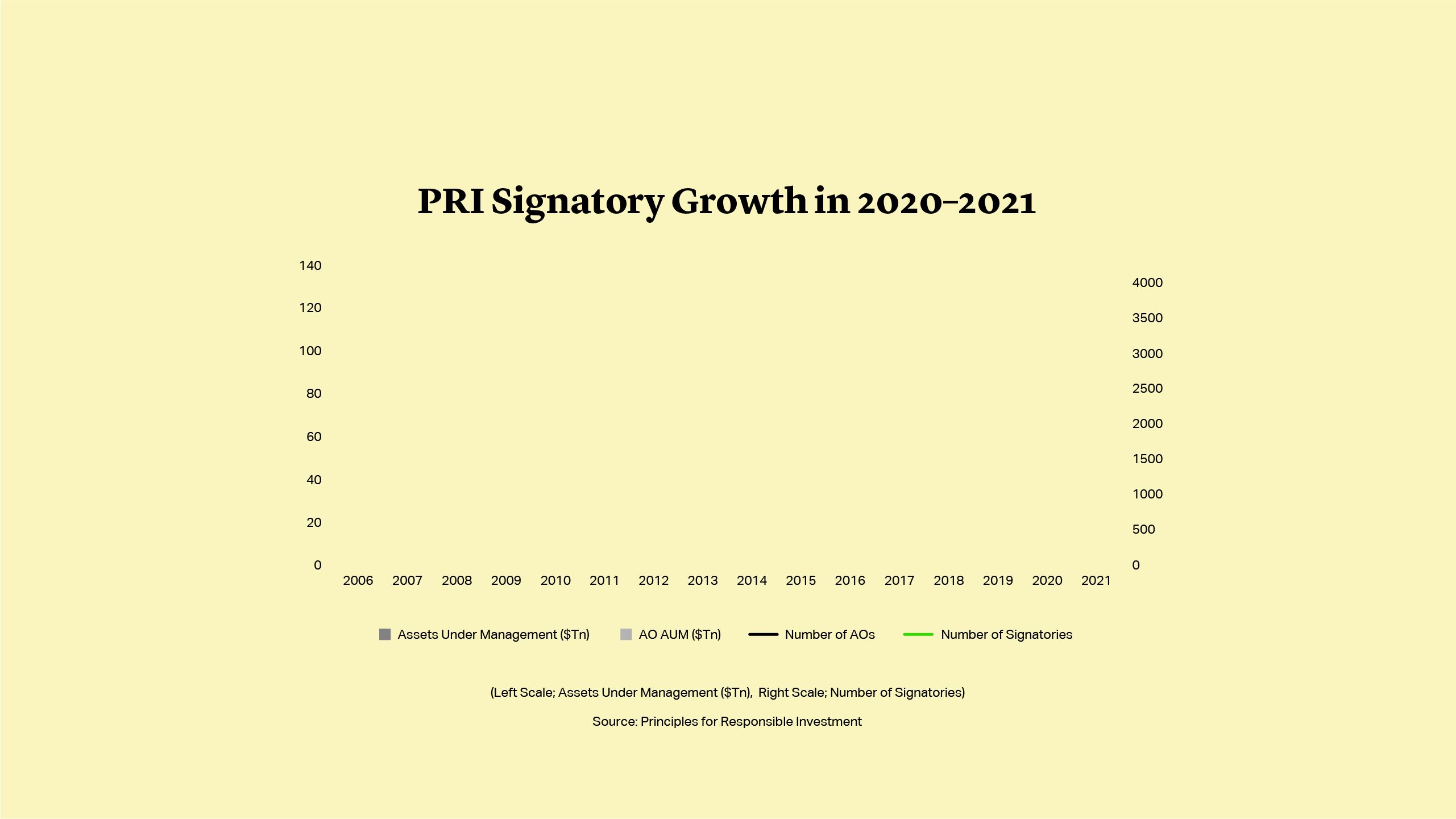
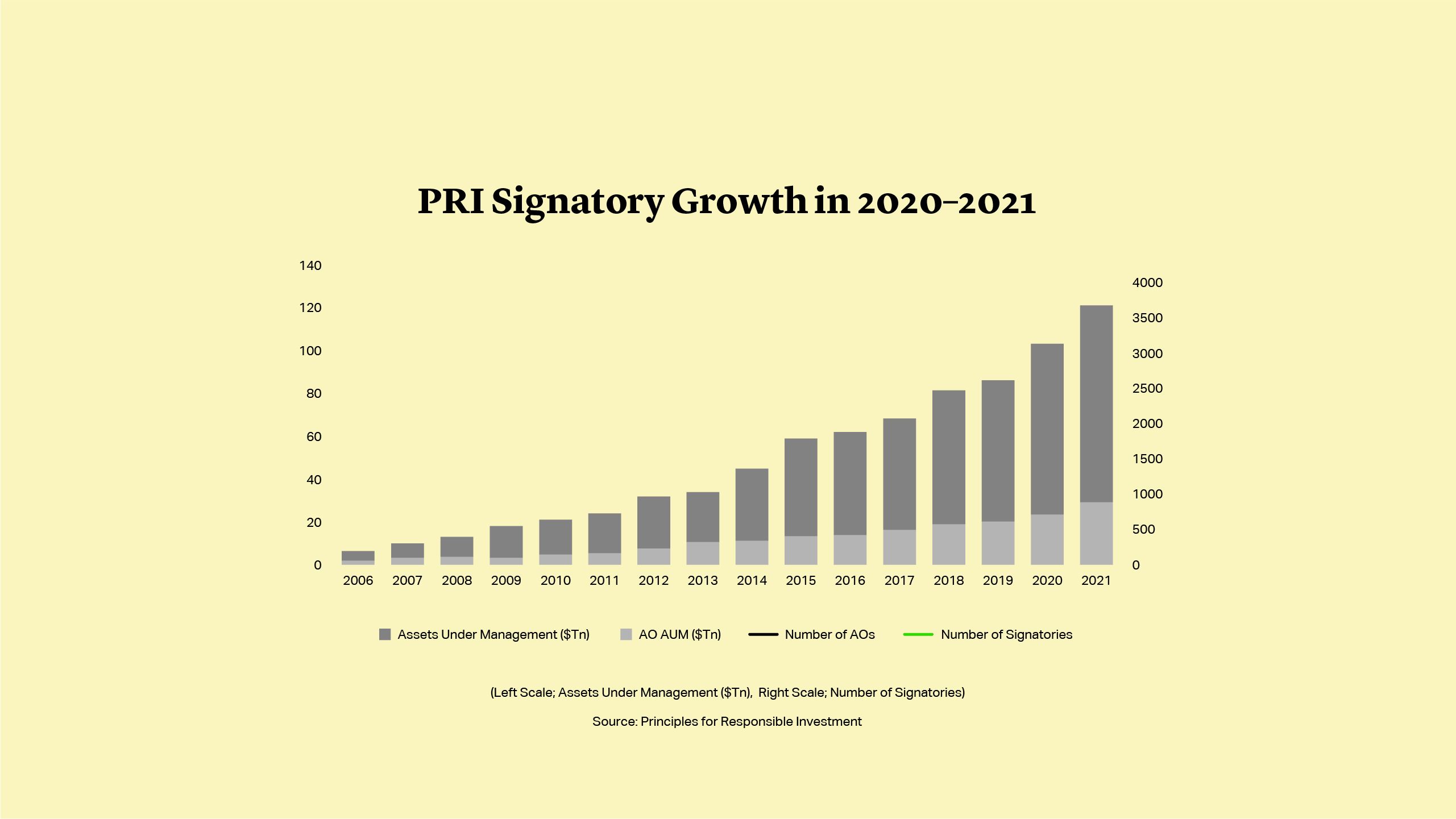
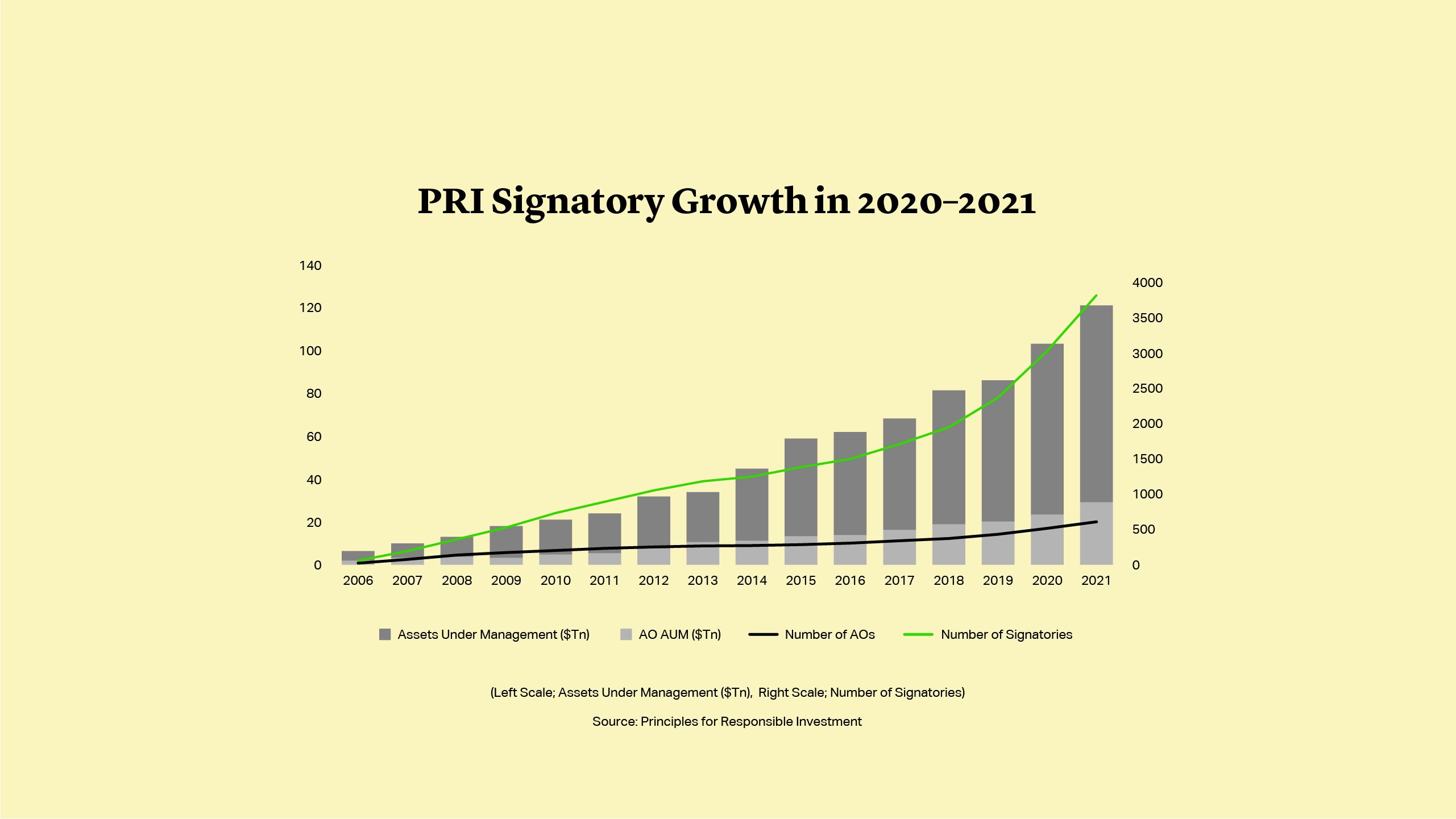

Geopolitics, COVID Will Continue to Drive Restructuring
Geopolitics remains a potentially disruptive influence on debt metrics in some regions in 2022. A shift towards populism in Latin America, increasing tensions in North-East Asia, and fresh uncertainty about political union in Europe are all potential drivers of socioeconomic instability in emerging and developed regions alike.
At the same time, the COVID-19 pandemic continues to play a role and will remain in our view one of the key drivers behind restructurings in 2022. While largely successful vaccination programmes are supporting an accelerated recovery in much of the developed world, emerging markets remain more vulnerable to the extended socioeconomic disruption caused by the virus.
Kristalina Georgieva, Managing Director of the IMF, warned in early October that the global economy remained “hobbled” by the pandemic, and that the most serious obstacle to a full recovery was what she called the “great vaccination divide” between rich and poor countries. Unless this gap is closed, she warned, cumulative losses to the global economy could reach $5.3tn over the next five years4.

Some Sectors Will Be More Impacted Than Others
Scores of industrial sectors will be vulnerable to any or all these risks in 2022. However, as previous editions of the Emerging Markets Restructuring Journal have highlighted, a handful are likely to be at the forefront of the restructuring tsunami expected over the coming 12 months.
Airlines in several emerging economies will be especially vulnerable. According to IATA, industry-wide revenue passenger kilometres (RPKs) dropped by almost 66% in 2020, with the decline in air passenger transport last year the largest recorded since global RPKs started being tracked around 1950.
Pressures in other industries may be less visible, but they are still likely to generate a series of restructurings in 2022 and beyond. For example, although the rebound in the global construction industry is forecast to pick up steam in 2021 and 2022 following its 2.4% contraction in 2020, several pinch-points will weigh on its recovery.



Supply Chains Will Face Ongoing Challenges
Disruptions to supply chains and the skyrocketing prices of energy and essential construction materials will continue to present significant challenges. How widespread the fallout from the well-documented collapse of Evergrande remains to be seen, but the demise of the property juggernaut under a crippling debt mountain has been described as China’s “Lehman moment”. U.S. Secretary of State Anthony Bilken’s observation that it could have an impact on “literally the entire world because all of our economies are so intertwined”5 sends out a warning signal to companies in the supply chain across the world. It is also a timely reminder of the downside risks arising from globalisation.
Supply chains globally may also be impacted by protracted weaknesses within industries affected by stagnant economic growth, rising commodity prices and ESG considerations, such as auto manufacturing. New passenger vehicle registration in Europe was up 66% in the second quarter of 2021 and rose 27% in the first half of the year, but sales were still nearly a quarter down on pre-COVID levels. The European new car market during the first half of 2021 was around two million vehicles smaller than during the same period of 20196. While large manufacturers will withstand any weakness in car sales, smaller and heavily indebted producers of components may be less equipped to do so.
Among more localised situations, one emerging market sector that may be vulnerable to debt restructurings in 2022 is the Latin American consumer finance industry. In Mexico, although AlphaCrédit faced some specific accounting challenges, its Chapter 11 proceedings have exposed some of the sector’s weaknesses, including its dependence on external finance and general appetite amongst the relevant investors.
With inflation rising, stimulus packages being wound down, commodity prices on the up, and supply chain bottlenecks disrupting trade, the message for 2022 is clear: hold on to your hats.

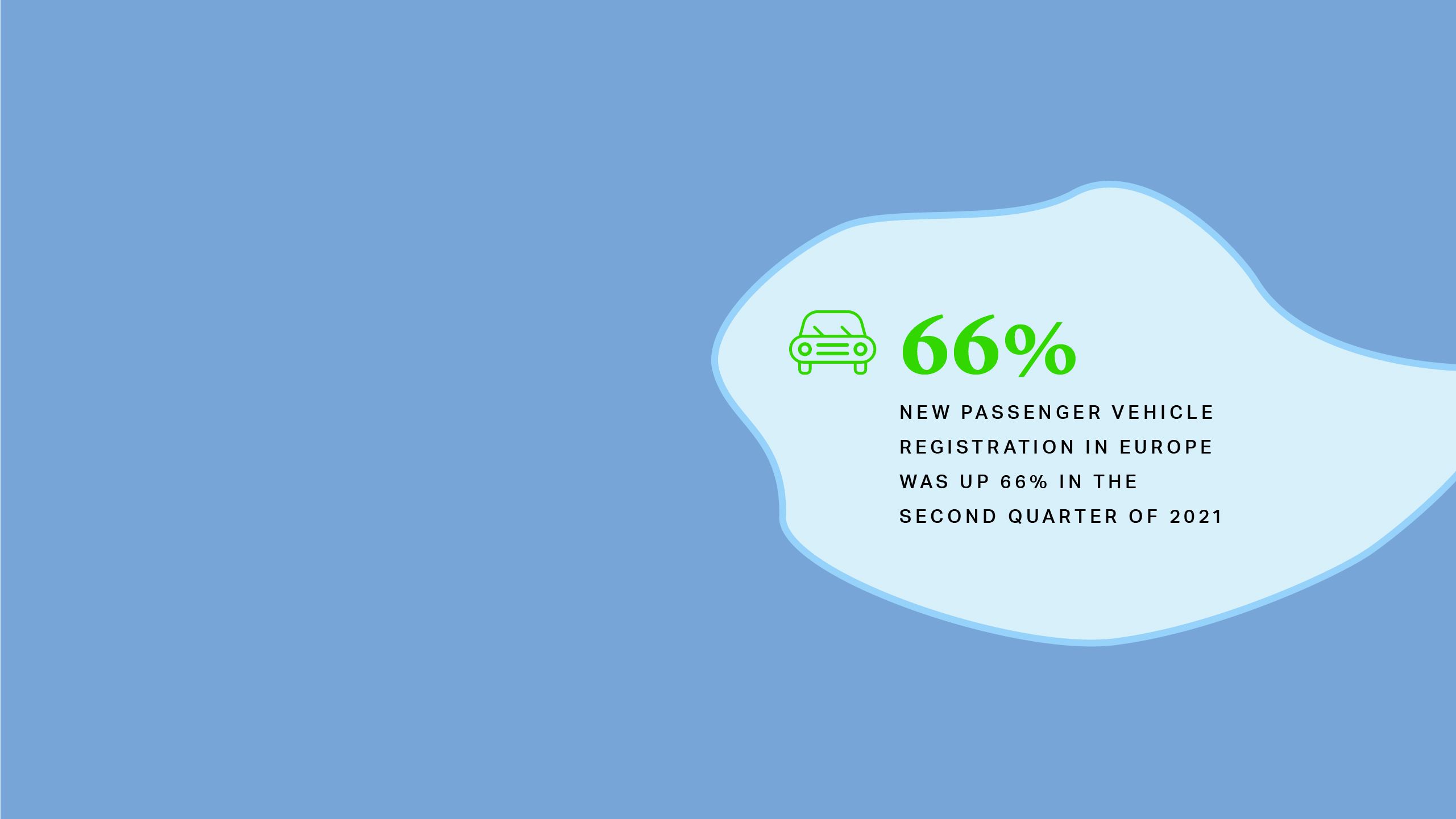
Supply Chains Will Face Ongoing Challenges
Disruptions to supply chains and the skyrocketing prices of energy and essential construction materials will continue to present significant challenges. How widespread the fallout from the well-documented collapse of Evergrande remains to be seen, but the demise of the property juggernaut under a crippling debt mountain has been described as China’s “Lehman moment”. U.S. Secretary of State Anthony Bilken’s observation that it could have an impact on “literally the entire world because all of our economies are so intertwined”5 sends out a warning signal to companies in the supply chain across the world. It is also a timely reminder of the downside risks arising from globalisation.
Supply chains globally may also be impacted by protracted weaknesses within industries affected by stagnant economic growth, rising commodity prices and ESG considerations, such as auto manufacturing. New passenger vehicle registration in Europe was up 66% in the second quarter of 2021 and rose 27% in the first half of the year, but sales were still nearly a quarter down on pre-COVID levels. The European new car market during the first half of 2021 was around two million vehicles smaller than during the same period of 20196. While large manufacturers will withstand any weakness in car sales, smaller and heavily indebted producers of components may be less equipped to do so.
Among more localised situations, one emerging market sector that may be vulnerable to debt restructurings in 2022 is the Latin American consumer finance industry. In Mexico, although AlphaCrédit faced some specific accounting challenges, its Chapter 11 proceedings have exposed some of the sector’s weaknesses, including its dependence on external finance and general appetite amongst the relevant investors.
With inflation rising, stimulus packages being wound down, commodity prices on the up, and supply chain bottlenecks disrupting trade, the message for 2022 is clear: hold on to your hats.




